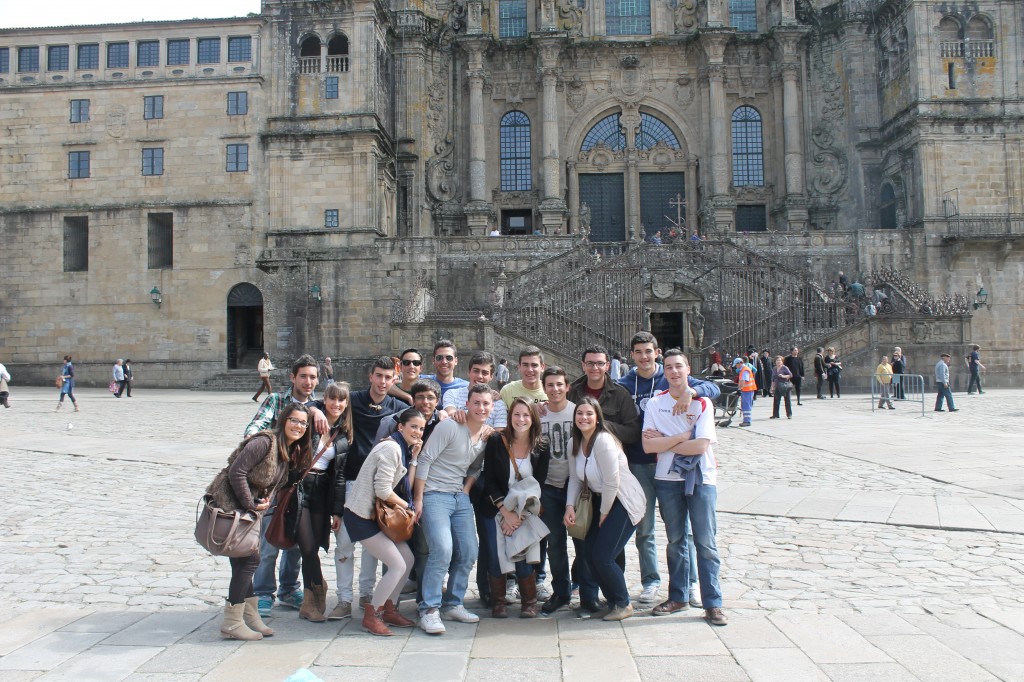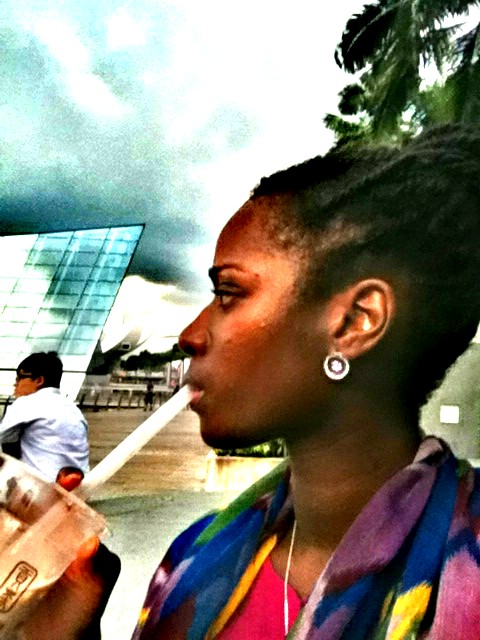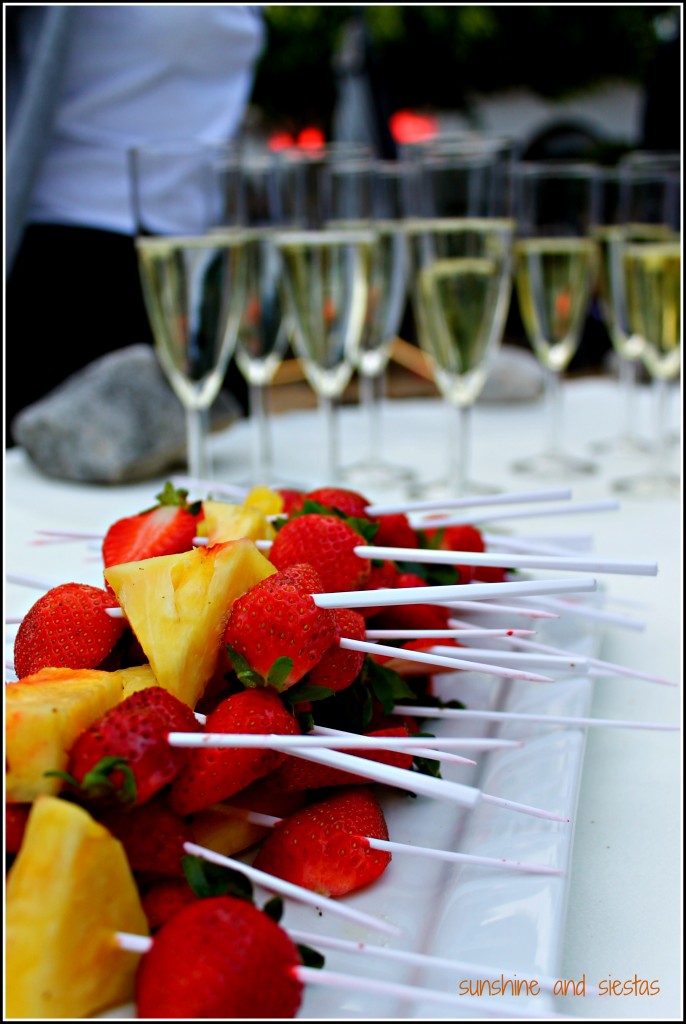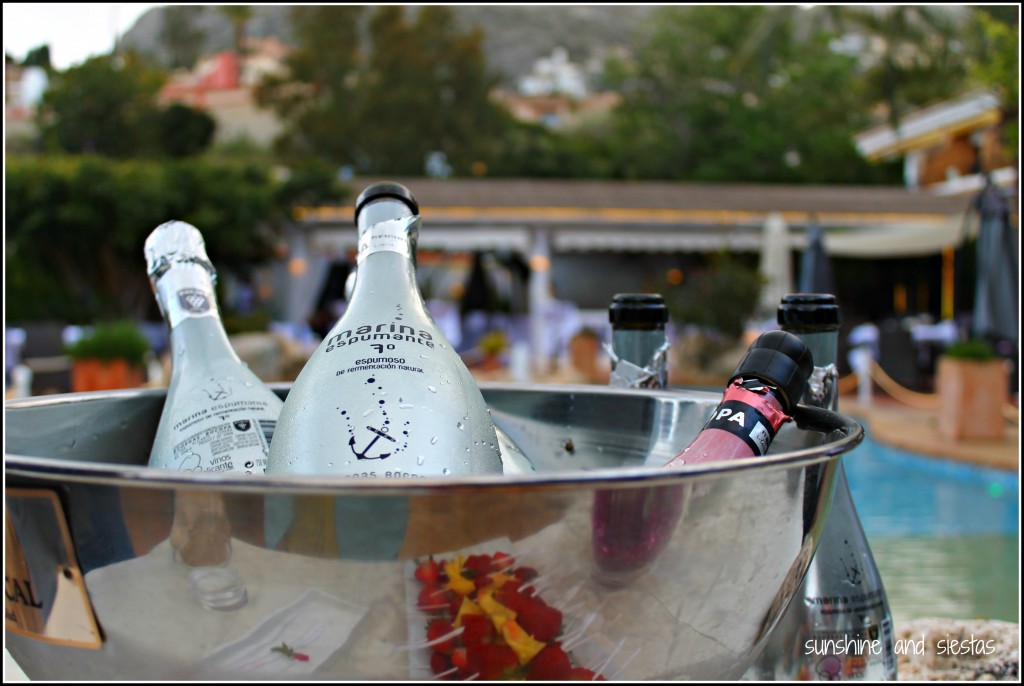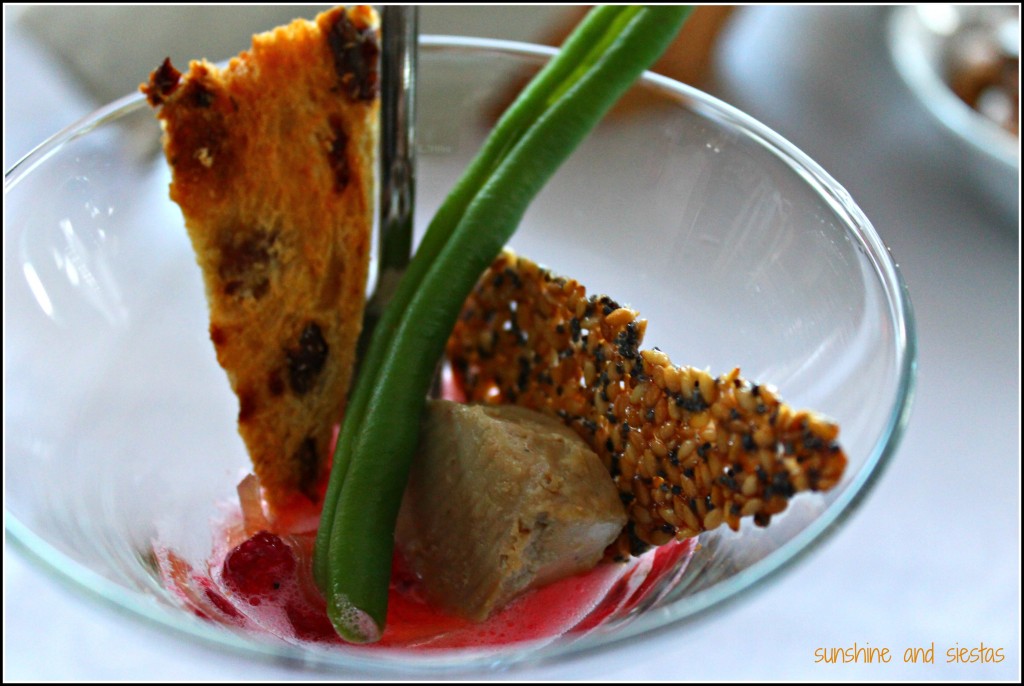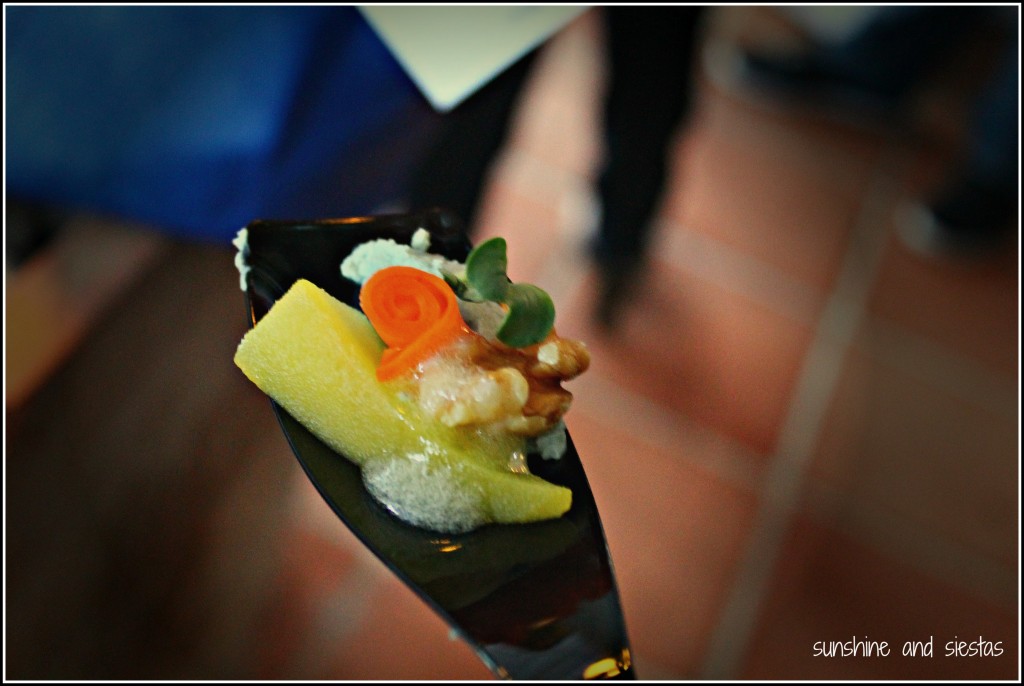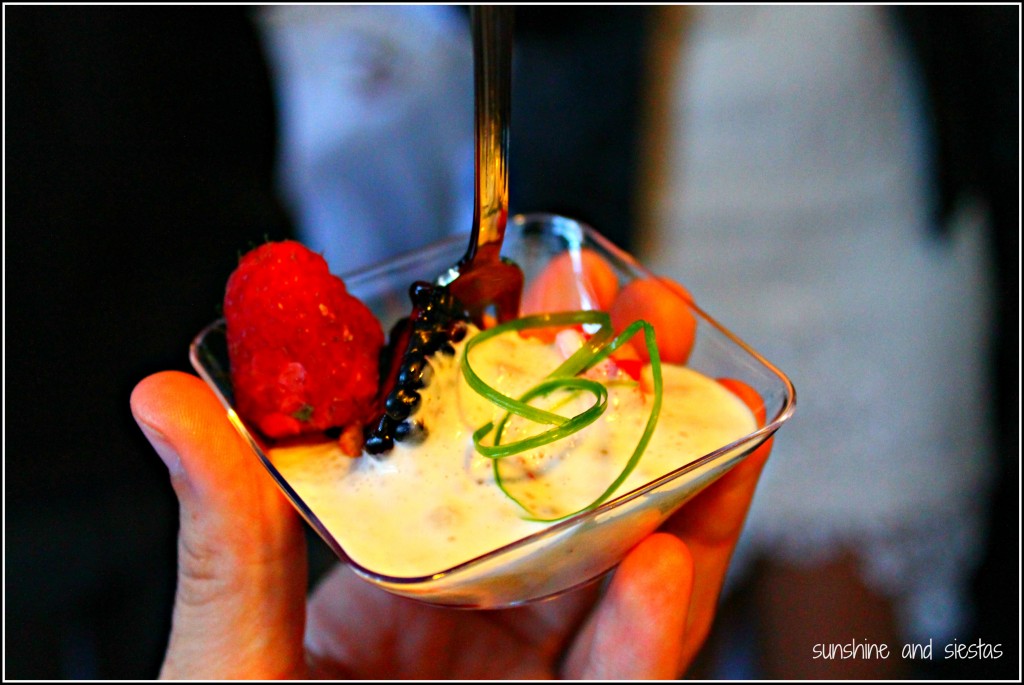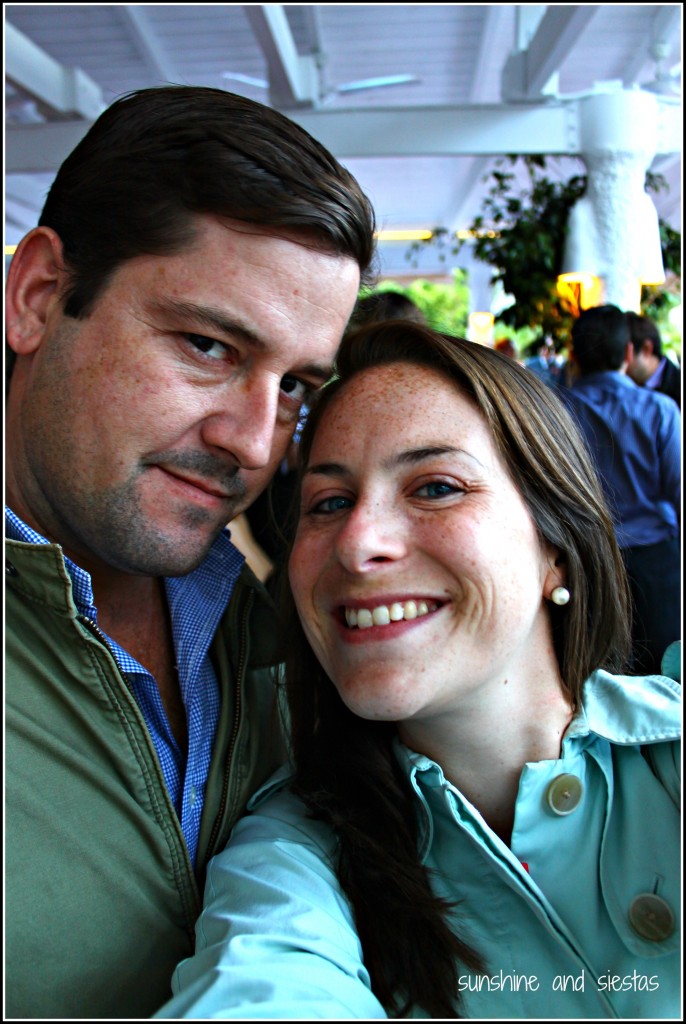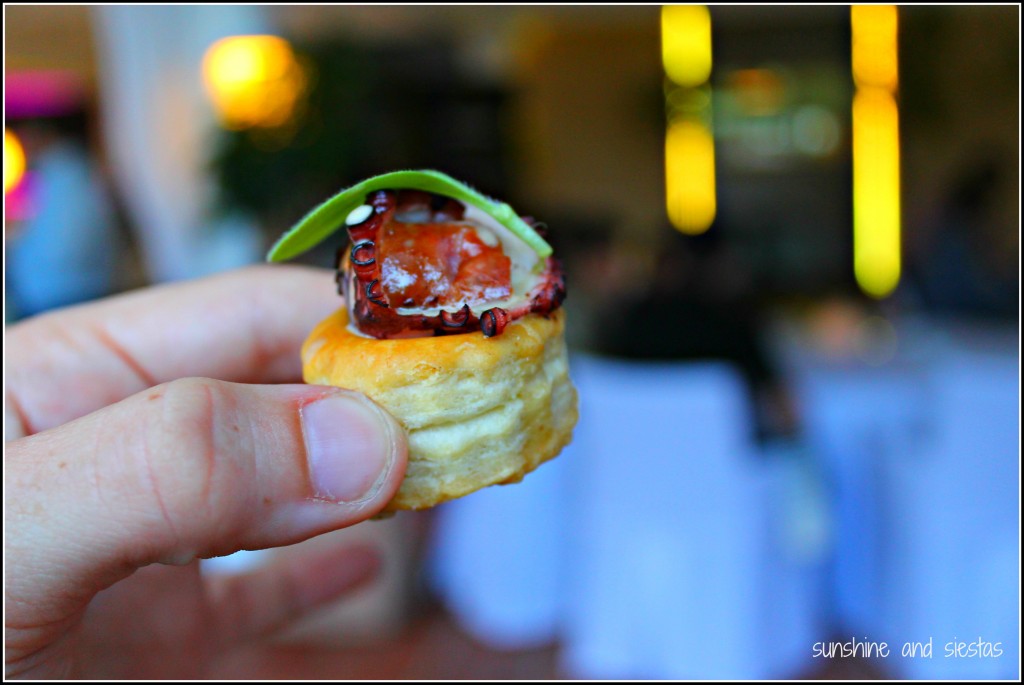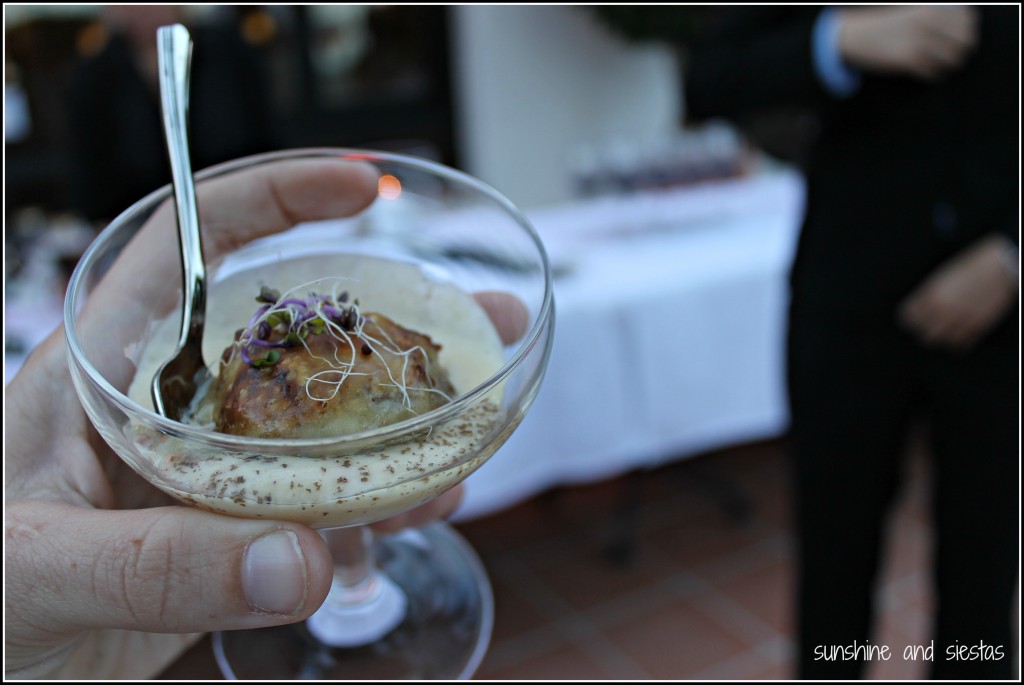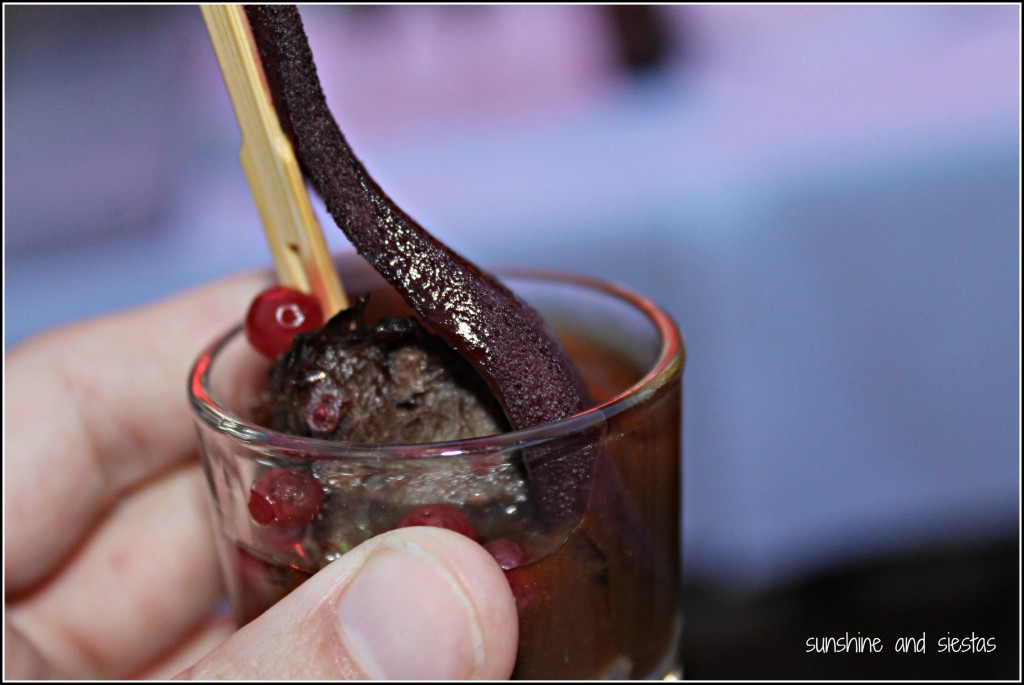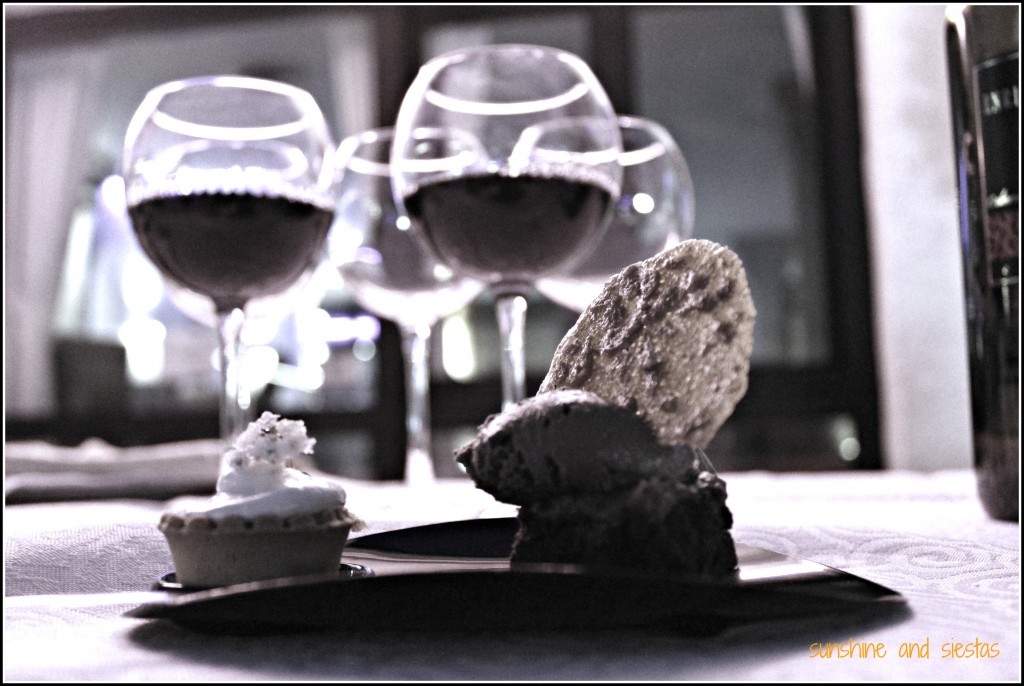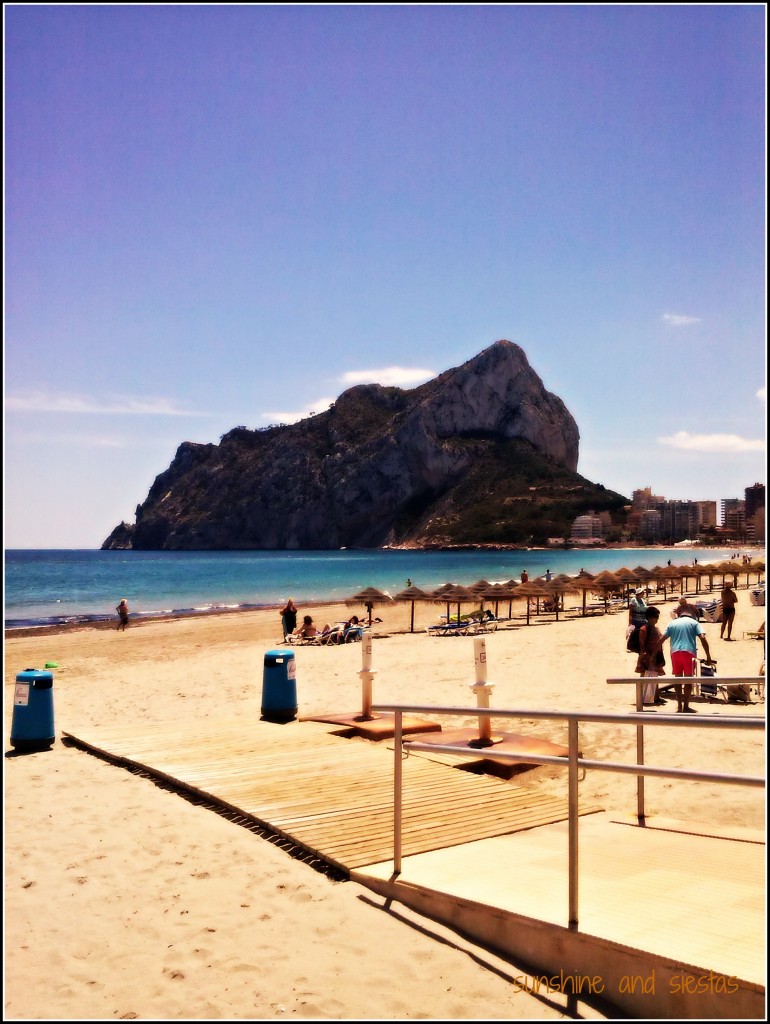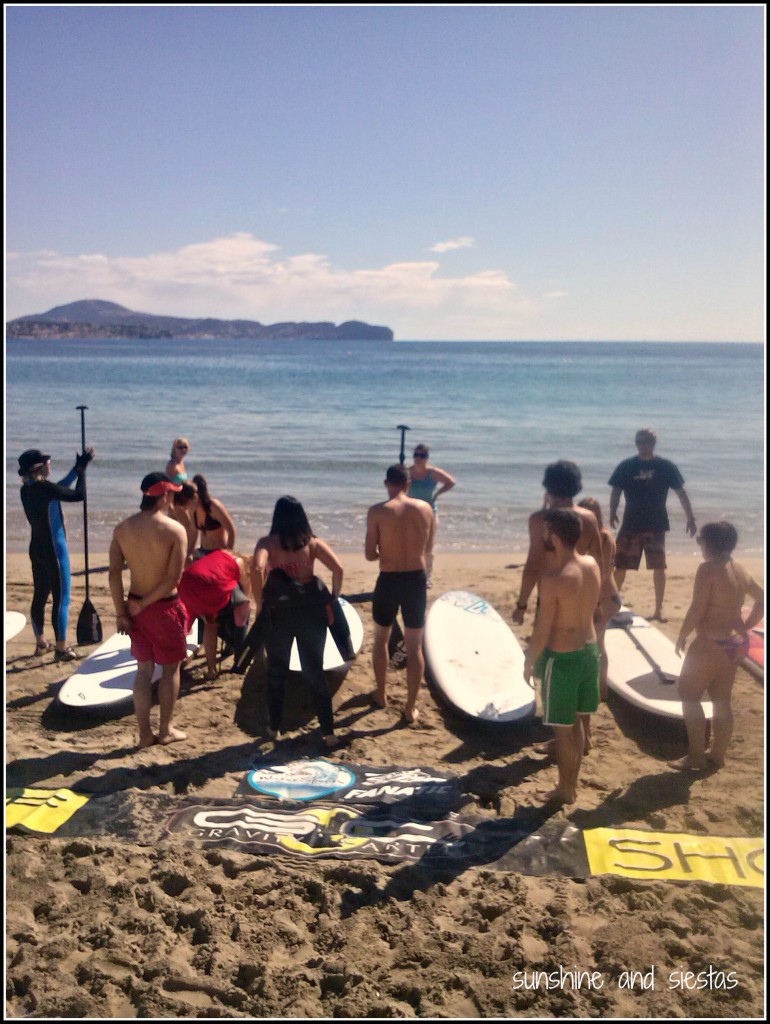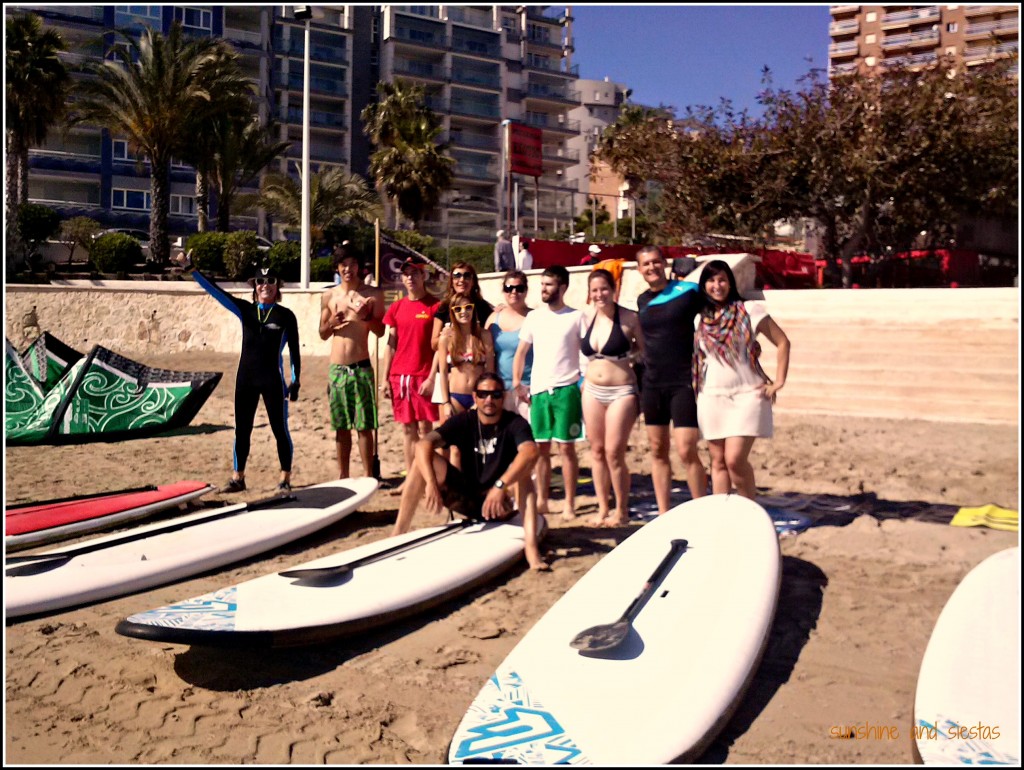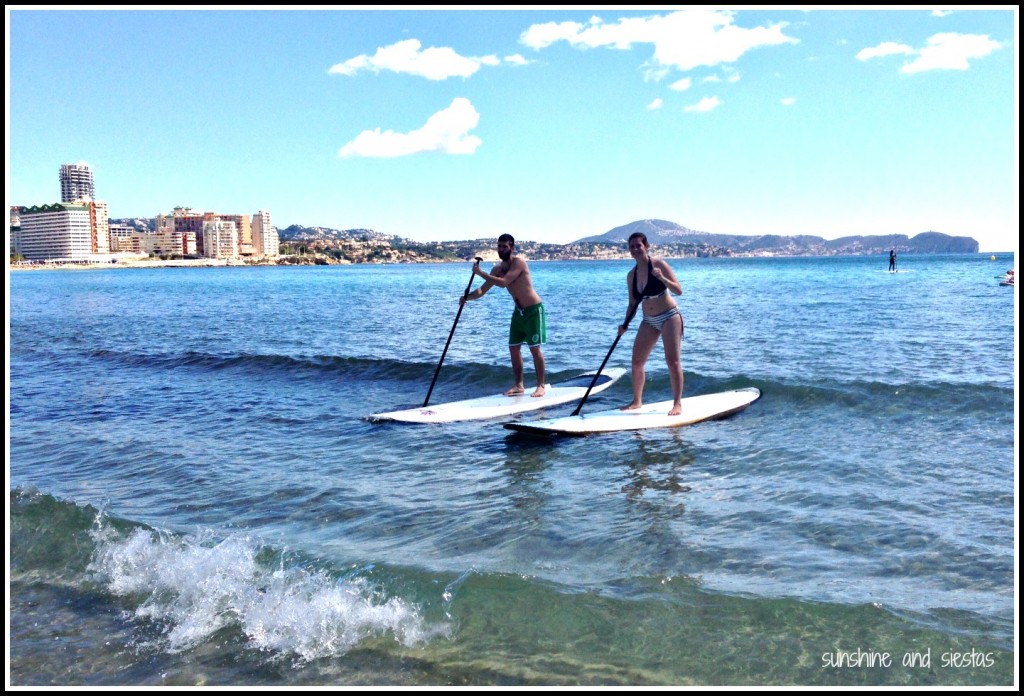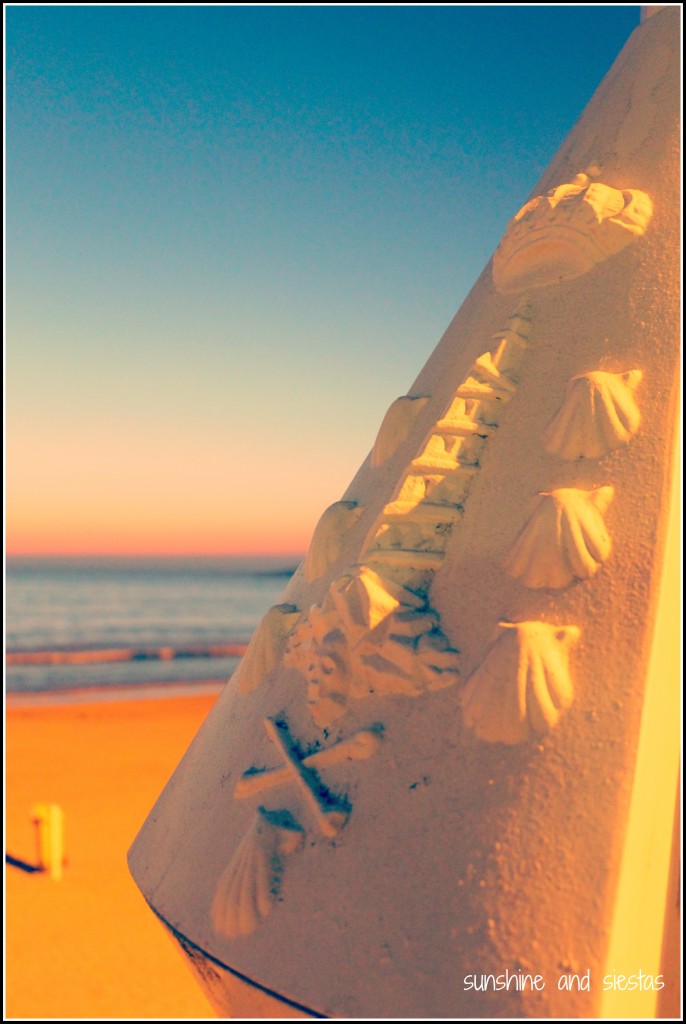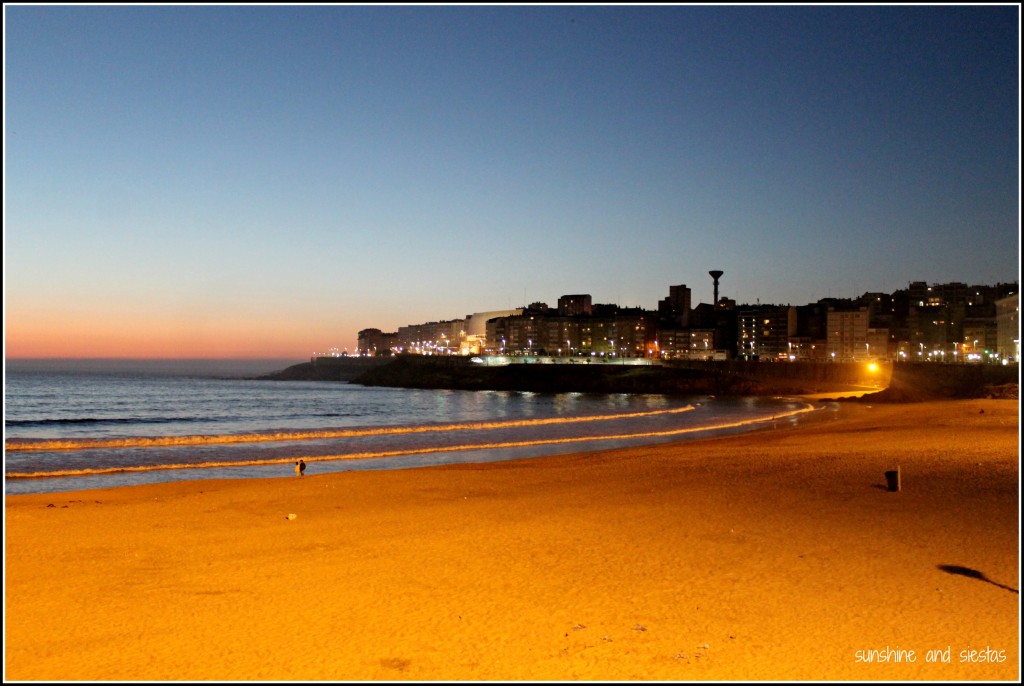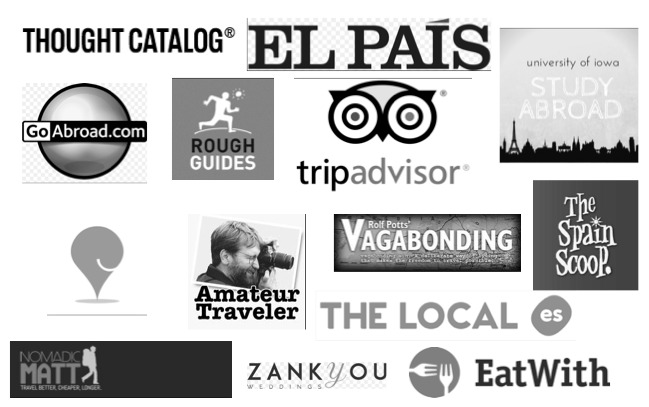When I wrote this draft on Wednesday afternoon, I was excited to be within five days of hiking the Camino de Santiago, something I’ve been planning do do for the majority of my adult life. As I scheduled the post, got a knock on my door, telling me that a train had derailed just outside of nearby Santiago de Compostela. My thoughts went immediately to the teachers who I’d put on a Madrid-bound train and their well-being, as we had very little information and messages were not immediately returned.
Panic crept into my stomach. That, or nerves, or just that vomit feeling when you know that something is awry.
I opened up my computer and dialed the number for ADIF, Spain’s train operators, and we were told that there were no delays on the overnight train to Chamartiín, which passes through the stretch of tracks between Coruña and Santiago. I breathed a sigh of relief, and then turned on the TV.
The images were horrifying, enough to prick my eyes with tears.
I’ve attended the Apostol festivities in Santiago de Compostela, celebrating Spain’s patron saint and praying that I’d one day arrive to the ancient Praza do Obradoiro after walking across the country to arrive. Just five days before embarking, the city was marred with a tragedy beyond words, and one that has claimed 80 lives to date.
The calls began rolling in, as my friends and family connected ‘Santiago’ with this pilgrimmage that I’m walking today. While I assured everyone that I was safe in my dorm room at camp, earnestly watching the TV, I thought about the new dimension that this trek might have. By the time we arrive to Santiago on August 11th, the debris will no doubt be cleared, but the emotional scars will still be deep. I’m not a religious person, but perhaps the reflection I’ll do on the hike will make me a more spiritul person. Or maybe I’ll meet someone affected by the tragedy. After all, they say miracles occur on the Way. What I am positive will happen is that the generosity and the humility of the Galician people will manifest itself in a myriad of ways, and that the Camino will change me.
—–
It’s finally here: my master’s is finished, camp has been closed down, and between the stress and the long nights and the teenage STINK, it’s all lead up to the day when Hayley and I get to start the Camino de Santiago. It’s finally here and I could jump out of my skin with excitement.
Depending on where in the world you are, I’ve likely woken up in my four-star hotel (the last real pillow for two weeks), pulled on layer of wicking-laden clothes, and started the walk in total darkness. Maybe we’ll encounter a rain storm or maybe we won’t. Maybe we’ll strip off our boots and wade in the chilly Cantabrian Sea and get some relief for sore feet and already-forming blisters. Maybe we’ll have met other cancer survivors or their loved ones.
But this is our Camino and we’re finally making the journey.
Being in Coruña, less than 100km from Santiago, for four weeks was a reminder and an internal countdown to the 200miles in front of us. The world is literally at our feet, and as my boots and custom Podoactiva insoles hit the pavement while I broke them in around the Crystal City, the yellow-and-blue route markers on the Camino Inglés accompanied me proving that while all roads lead to Rome, a few lead to Santiago, as well. It’s just following the end of that long middle ridge to the end of the road.
As other pilgrims pass in Coruña, I mutter a ‘Buen Camino’ under my breath, not quite sure if I fit the role yet. Surely a 13-pound pack, sore knees and a farmer’s tan will do the trick by the time we reach Soto de Luiña sometime today. Our first stage is a killer 40 kilometers, but it will be a good introduction into what this is all about: Walking. Break for food (and coffee for me). Walking more. Break to ponder and check out the coast. A few more kilometers. Break to tend to feet. Break for lunch. Big glass of red wine. Laughter. Remembering. Looking ahead. And more walking until we arrived to the Plaza de Obradoiro on August 11th.
Follow along with the hashtag #CaminoFTK on Twitter and instagram (@hayleycomments, @caserexpat and @sunshineandsiestas), and definitely click to read all of my Santiago-related posts. I’ve loved reading all of your well wishes, and sincerely thank those of you who have felt motivated to donate to a cause that’s very important to me, the University of Iowa Dance Marathon.
